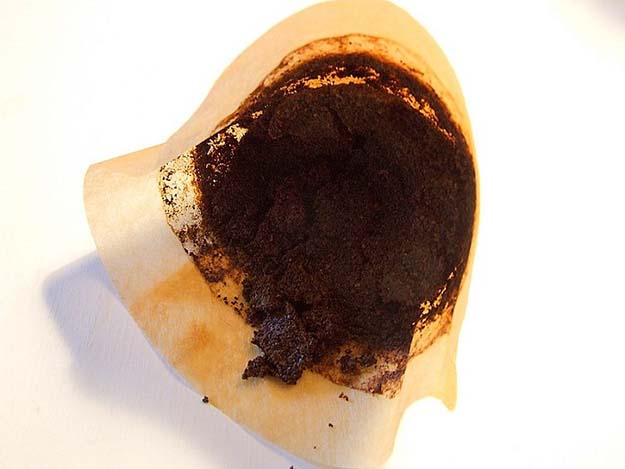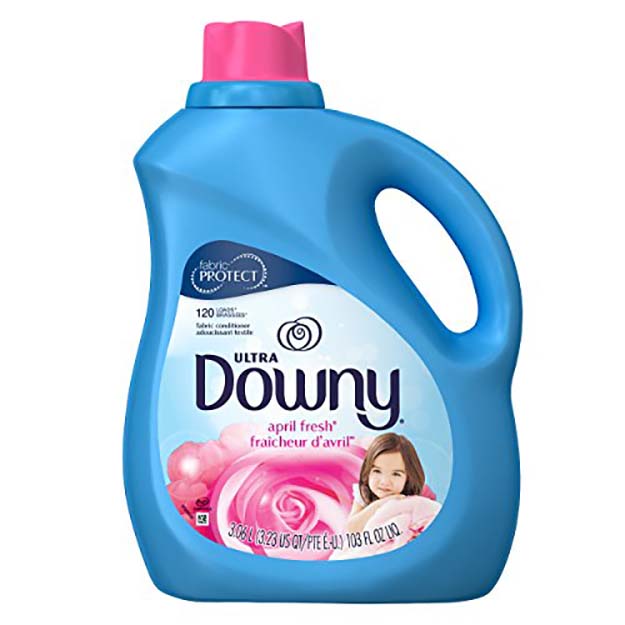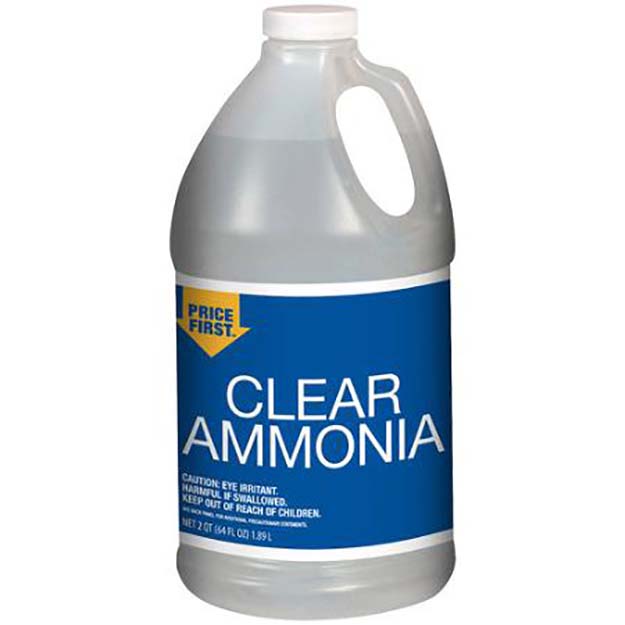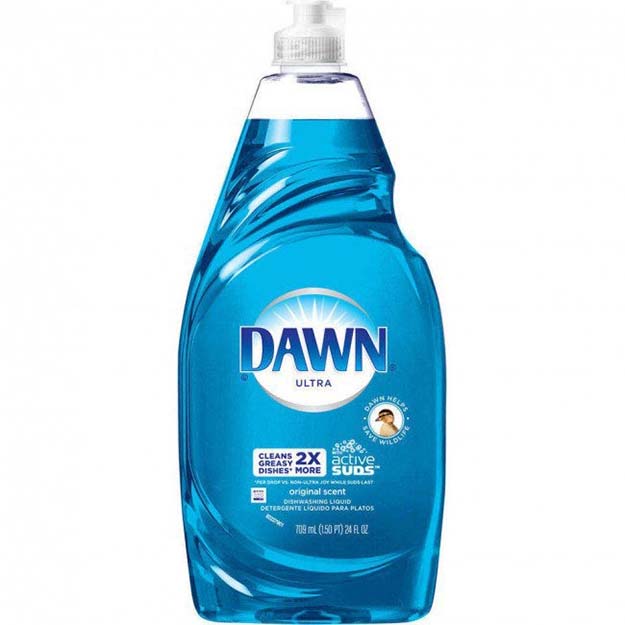Powerful Parable Reveals A Gracious But Politically Incorrect Vineyard Owner is available on http://totalsurvival.net/
A vineyard owner listens to whining workers who demand grace on their terms.
Jesus once told a parable about a vineyard owner and some workers goes something like this (Matt. 20:1-16):
A householder, the owner of a vineyard, went out early in the morning to hire some workers for his vineyard. There was normally quite a few of guys hanging out in the village marketplace looking for work according to the story. The vineyard owner gathered a group of workers and offered to pay them a silver denarius for a day’s work. The workers agreed.
But after a few hours, the vineyard owner saw that his workers wouldn’t be able to harvest the whole vineyard by the end of the day. So he went back to the marketplace. As usual, I guess, there were still plenty of potential workers there, all still hanging out. To these, the vineyard owner made a pretty vague offer: “Go work in the vineyard, and at the end of the day, I’ll give whatever is right.” They went.
More time passed. The harvest was still moving too slowly. So the vineyard owner went back to the marketplace twice more, at noon and 3 pm, to hire more workers. Finally, at the “eleventh hour,” lets’ say 5 pm, he went one last time. There were still men hanging out, “unemployed” so to speak. (my guess is that workers not picked by 5 pm were not the most ambitious folks which adds considerable force to the story)
The Vineyard Owner Still Needs Help Late In The Day
“Why have your stood here all day, idle?” the vineyard owner asked.
“Because no one has hired us,” they replied.
“Then go work in my vineyard, and you’ll be paid whatever’s right.”
At the end of the working day, sundown approaching, the vineyard owner had his foreman call together all the workers so they could receive their day’s wages. “Beginning with the last up to the first,” he ordered. And the foreman did so.
Those who were hired late in the day … “at the eleventh hour”… all received a denarius. And so it would seem did everyone else who came after sunrise. When the first workers came, the ones hired at sunrise, they, too, received a denarius … just as they had been promised. And it’s right here Jesus starts to drive home the lesson…
The first workers, who had labored all day long, murmured against the vineyard owner: “These men only labored for an hour, and you’ve made them equal to us, who’ve borne the burden and heat of the day!”
The vineyard owner answered, “I’m doing you no wrong. Didn’t you agree to a denarius? Take what’s yours, and go your way. I’m going to give the last worker the same amount I’m giving you. Isn’t it lawful for me to do what I want with my own? Are you envious because I am good?”
And so, Jesus said, “The last shall be first, and the first last: for many be called, but few chosen.”
Profound Truth In The Parable Of The Vineyard Owner
Obviously, Jesus’ main intention was to illustrate a profound truth regarding the kingdom of God. He introduced his story with the words, “For the kingdom of heaven is like unto a man that is a householder… ” His point is that eternal life, the favor of God, and heavenly reward are not things that God measures out to his servants based on their years or order of service, the trials they have borne, or, in fact, anything that they have done for that matter. Grace is sovereign and God is God.
But in using this particular image or metaphor for His kingdom, Jesus also validates an important ethical consideration or law also in play in the story. For starters, it’s important to know that we can appeal to the details of the story for authoritative ethical instruction. We can be just as sure that the vineyard owner spoke truthfully and acted righteously as we can that good shepherds faithfully watch after their flocks and that a loving father is right to receive a repentant son back home again.
So, what can we learn about the nature of ownership from Jesus’ parable?
Is The Vineyard Owner Really The Owner?
First, it’s important to be aware that Jesus, speaking of the householder, calls the vineyard “his” (vv. 1, 2). He calls the householder, “the lord of the vineyard” (v.8). The word for “lord” is kurios, the standard Greek word for lord, the owner and disposer of a thing. The vineyard belongs to the householder. He may do with it as he pleases … as long as he’s operating within the scope of God’s law … of course. And the Mosaic law actually had a lot to say about farmers and their fields.
The harvested crops belonged to the owner but with limitations. Anyone passing through the fields could grab a handful of grain or fruit or whatever and eat it as he went on his way. He couldn’t put anything in a bug out bag for later, however (Deut. 23:24-25). At the end of harvest, the owner was to leave some of the crop for the poor to glean (Lev. 19:9-10; 23:22). And lastly, the owner was responsible to tithe the fruits of his field to God (Lev. 27:30). (A tithe is one-tenth of the increase.)
Fields acquired during the original Conquest could be leased but not sold. Every fiftieth year, in the Jubilee, all leased fields in Israel were returned to the family or descendants of the original owners (Lev. 25:8-17ff). Every seventh year was a Sabbath year. In the Sabbath years, farmers were to let their fields lie fallow (Ex. 23:11). They were not to harvest anything that grew up of itself. And interestingly, the poor could still collect whatever they could find during the fallow year. (Lev. 25:1-7).
The underlying assumption here is that individual ownership is neither absolute nor autonomous. God is the true and ultimate Landowner: He created heaven and earth (Ps. 24:1). All human ownership is subject to His prior claim and to His revealed law. On the other hand, individual ownership is specific, not collective. God assigns particular responsibilities to particular men, women, and children. God also forbids humans to rearrange those assignments autonomously. That is, God says, “Thou shalt not steal” (Ex. 20:15). Each of us must give an account to God for our stewardship of the properties He has given us (Matt. 25:13-30).
Ownership, Value Theory And Free Market Contracts
In Jesus’ story, the vineyard owner makes an offer to some free agents in the market. He offers them each a denarius for a day’s work. They agree. The owner and the workers have an oral contract.
By using this scenario to describe God’s kingdom, Jesus implicitly confirms its ethical integrity. The owner is perfectly OK in making the offer. The laborers are OK in accepting it. There is no suggestion that a third party needs to examine the contract or its wage scale to see if it conforms to some socially-accepted standard of just wages. There is no mention of a minimum wage law or the need for the workers to unionize to protect their interests. Further, there is no law that requires the owner to give priority to one group over another in his hiring.
The wage offers the vineyard owner makes throughout the rest of the day are loose. He doesn’t specify an hourly wage or a picking quota. He needs help to finish the field work. That’s it. The workers trust his word and reputation. Again, Jesus implicitly confirms that this arrangement is entirely ethical, just and good. The owner and the workers have the right to agree to the terms specified.
It’s only at the end of the day that we see conflict arise. The vineyard owner pays everyone the same amount. He gives every worker a denarius. Those who have worked all day long object and throw out the fairness flag. And, from their viewpoint, it didn’t seem fair. After all, the owner uses five different pay scales without explanation. Those who worked all day imply in their murmuring that the owner is unjust and unethical. Somehow he has cheated the “all-day” workers by paying the later workers on a different scale.
Vineyard Owner Says “Nope”
The vineyard owner dismisses the charge. Has he kept his contract with the all-day laborers? Yep. But he’s also kept his contracts with the others as well. The details of one contract have no bearing on those of the others. All that matters is that each contract was made freely and that both sides kept their end of the bargain. Big message: Gracious gifts and bonuses given to others are no grounds for whining and complaining.
Notice that the vineyard owner rejects any labor-theory of value. Some of the workers had obviously labored longer and harder than others, but in his payment plan, the owner takes no notice of this. He ignores the length, even the quality, of labor and instead pays some of his workers more generously than he pays others. Maybe it’s smart, maybe it’s not. But at the of the day, (pun intended) it’s his money.
This, of course, is what the vineyard owner says: “Isn’t it lawful for me to do what I want with my own?” It’s in full accordance with God’s law for an employer to pay his employees whatever they both agree on. He doesn’t have to pay them all according to the same scale, whether that scale measures time, energy, skill, or anything else. The employer simply has to fulfill the contract he has made.
But that means the would-be employer has to convince potential employees to agree to that contract in the first place. Remember, the workers didn’t have to agree to the terms of the owner’s offer. They could have tried negotiation. If that failed, they could have said “no” to work. Maybe other work would have come along. Perhaps it wouldn’t have. The workers freely chose the option that seemed easiest and best for them at the time.
Conclusion: The Vineyard Owner And The Politics of Envy
Some of the all-day workers were upset, envious and angry. They were angry because later day hires were paid better than they were. Or so they thought. Maybe they were angry because, in their eyes, the owner showed a sort of politically incorrect favoritism. And because they were envious and angry, they thought they had a right to tell the owner how he ought to spend his money. They were wrong.
The truth is, this is still a hard lesson for most of us Americans. We readily believe that those who sell goods and services have a moral obligation to treat every employee and customer exactly the same. Anything else “just isn’t fair.” And when things in the free market aren’t “fair,” the government has an obligation to step in with muscle and make rules that will ensure fairness … rules that will tell owners what they may or may not do with their property. What’s often not argued here is the fact that this ultimately means that an owner can never give bonus or performance pay. After all, everyone gets the same. Who’s going to break this to Tom Brady and LeBron? (perhaps some grief counseling will be needed)
But this isn’t at all what Scripture teaches. The Bible insists that owners have the right to do with their goods and services as they like, always within the bounds of God’s law. But remember, in Jesus’ parable, both the householder and the laborers owned something. Both sides owned something and were offering it for sale. As long as everyone concerned agreed to the terms of that sale, the deal was honest and just.
There are lots of practical applications for day to day life in this parable. But the takeaway on the spiritual side is staggering. Grace simply can’t be demanded. That is true by definition. But it’s important to know that God dispenses grace as He sees fit. Our Pilgrim forefathers knew this well. Many times, from our human eyes, it’s tempting to complain, seeing what others appear to have and what we think we lack. I know better and yet still do a good share of this. Pretty dumb, right?
Time to repent and go back to work.
The post Powerful Parable Reveals A Gracious But Politically Incorrect Vineyard Owner appeared first on Off The Grid News.
This Article Was Originally Posted On offthegridnews.com Read the
Original Article here
check out the full article Here: Powerful Parable Reveals A Gracious But Politically Incorrect Vineyard Owner
 26 Reviews ACOPOWER HY-4x12.5W18V 5W Foldable Suitcase, 50W
26 Reviews ACOPOWER HY-4x12.5W18V 5W Foldable Suitcase, 50W
















 This article first appeared on urbansurvivalsite.com
This article first appeared on urbansurvivalsite.com 
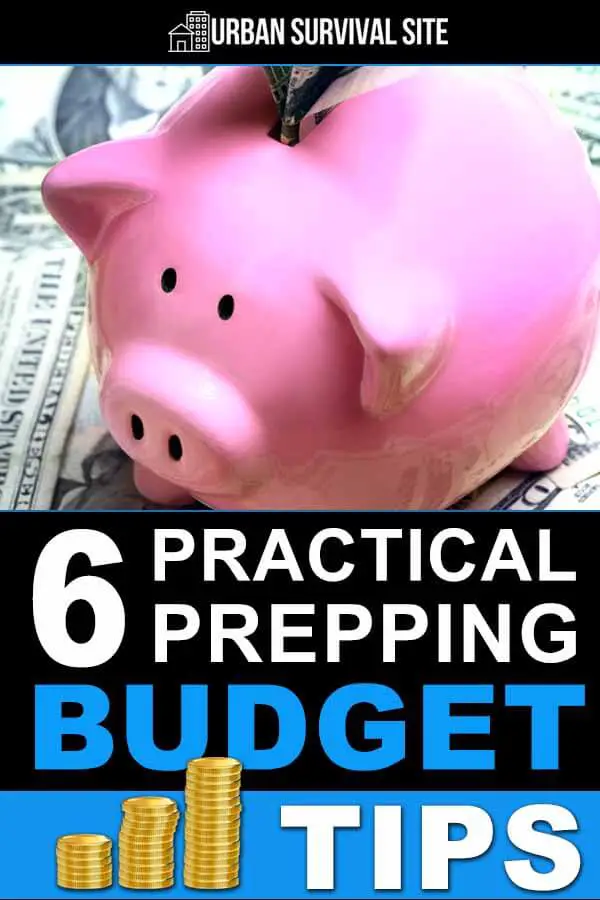




 , or have to crawl into your barrel. I improvised by duct taping a
, or have to crawl into your barrel. I improvised by duct taping a 
